The Margellos World Republic of Letters is dedicated to making literary works from around the globe available in English through translation. It brings to the English-speaking world the work of leading poets, novelists, essayists, philosophers, and playwrights from Europe, Latin America, Africa, Asia, and the Middle East to stimulate international discourse and creative exchange.
Copyright 2010 by Yale University.
Translation copyright 2005 by G. J. Racz.
All rights reserved.
This book may not be reproduced, in whole or in part, including illustrations, in any form (beyond that copying permitted by Sections 107 and 108 of the U.S. Copyright Law and except by reviewers for the public press), without written permission from the publishers.
Yale University Press books may be purchased in quantity for educational, business, or promotional use. For information, please e-mail (U.K. office).
Set in Electra and Nobel types by Keystone Typesetting, Inc.
Printed in the United States of America.
A catalogue record for this book is available from the British Library.
This paper meets the requirements of ANSI/NISO Z39.48-1992 (Permanence of Paper).
INTRODUCTIONRoberto Gonzlez Echevarra
Cervantes memorably called Lope de Vega a monster of nature, marveling at his stupendous literary production and how he lorded over not just the theater but most literary activity in the Spain of the turn of the seventeenth century. He was not exaggerating. Lope wrote hundreds of plays, perhaps seven hundred, many of them master- pieces, thousands of poems of all kinds, including lyric, epics, as well as novels, epistles, and polemics. He singlehandedly created the Span- ish national theater, founding a school that lasted until the end of the seventeenth century and beyond. Lopes work is on a par with the best European theater of the period; he is the peer of Marlowe, Shake- speare, Racine, Corneille, and Molire. He was a leading poet in the Petrarchan style who wrote first-rate love lyrics, epics, and satires, and religious poetry in a Spain teeming with major poets; he had a com- mand of Spanish versification like no other poet until Rubn Daro came along in the late nineteenth century. He also led a protean life as a soldier in the ill-fated Invincible Armada of 1588, as an inexhaust- ible and scandalous lover whose affairs were the talk of Madrid, and finally as a priest who fathered a daughter with his mistress and served as a judge in the Office of the Holy Inquisition. Lopes plays were so appreciated that his very name became synonymous with good, and being de Lope, by Lope, was a guarantee of high quality not just regarding plays. Lope was a literary and erotic whirlwind and the most prolific writer in the Western tradition. His exuberance in both love and literature obviously issued from a single impulse, as was the case with Neruda, also prolific in love and literature; their lives can be charted by their works and their women. Cervantes, who was not esteemed by him, was Lopes relentless, yet admiring and clearly en- vious, critic.
Fuenteovejuna is one of Lopes masterpieces, a staple on the Span- ish stage across Spain and Latin America, one of the plays included in curricula in the Spanish-speaking world. It is comparable in recogni- tion to Hamlet and King Lear in the English-speaking world, and to Andromaque, Polyeucte, and Le Misanthrope in the French. Yet there is no record to show that Fuenteovejuna drew much attention when it was first performed in Madrid sometime between 1612 and 1614. The plays fame came later, when its rousing revolutionary conclusion, in which the whole outraged village assumes a collective identity and fights the Comendadors abuses, captivated the romantic imagination, particularly in Russia. Since then Fuenteovejuna, often shorn of its concluding scenes in which the Catholic Kings, Ferdinand and Isa- bella, give their approval to the uprising and take the village under their protection, has been staged by right-wing and left-wing regimes, the first for its celebration of nationalism, the latter for its call to communal solidarity and violent revolt. (Federico Garca Lorca in- cluded it in the repertoire of his traveling company, La Barraca, during the Spanish Republic.) Fuenteovejuna does exhibit these vir- tues, but it is, like all of Lopes production, a work of genius in its poetry, plot, and symbolic unity. In many ways it is the quintessential comedia.
Lope was born in Madrid in 1562, a year after Philip II moved the court there from Toledo; he was the son of an embroiderer, one of many working-class people who moved to the capital hoping to find fortune in the new seat of government. Lope received a good educa- tion from the Jesuits. It is said that he was a brilliant and precocious student, though some accounts of his childhood could be revisionist rewritings by fawning biographers, who were encouraged by Lopes own self-aggrandizing reports. Lopes plebeian background haunted him all his life, and as his fame as a playwright and poet grew, he tried to embellish his familys history and attribute to himself an aristocratic origin. This he did by claiming to be of Asturian roots, Asturias being the region of Spain where the Reconquest against the Moors began and, thus, presumably the purest source of Spanish nobility. He even alleged that one of his names, Carpio, linked him to the epic hero Bernardo del Carpio (his full name was Flix Lope de Vega y Carpio). This brought peals of laughter from Lopes enemies, of which he not surprisingly had quite a few. Lope went so far as to devise a family coat of arms displaying nineteen towers, which provoked his bitter rival, the great lyric poet Luis de Gngora, to exclaim: For goodness sake, little Lope, / do erase those towers for me, / cause I know that they are made of air, / and you dont have breath for so much wind.
Lopes problems caused by his fondness for women were more serious, and they began early. At twenty-two he took up with Elena de Osorio, his first great love, the daughter of two actors and married to another. After a nasty breakup, Lope circulated scandalous poetry about Elenas promiscuous lifestyle, even suggesting that her mother worked as her pimp. A suit for libel by the Osorio family (to compli- cate matters, Lope had been supplying plays to Elenas actor father) resulted in his being banished from Madrid for eight years. He settled in Valencia, where he married Isabel de Urbina, his first wife, after having passed through Lisbon, where he enlisted in the Armada and participated in its disastrous mission against England. In Valencia, a hotbed of theatrical activity, Lope honed his skills and began sending plays to Madrid, where they were performed to tremendous success and led to his pardon and return to the capital. There his triumph was huge, bringing him fame, fortuneand more women and more en- emies. Widowed, Lope was married to Juana de Guardo when he was about forty, but he also kept house for his mistress Micaela de Lujn, who bore him children. All told, Lope had six legitimate children and at least ten illegitimate ones from the ten or so liaisons we know about. Even after having been ordained a priest, toward the end of his life, he had a passionate love affair with Marta de Nevares, with whom he had a daughter, Antonia Clara. By this time Lope had also been named a judge for the Inquisition, and he flogged himself regularly to expiate his sins. He died in 1635, at the then ripe age of seventy-three, by which time his school of playwrights was thriving, and his brilliant successor, Pedro Caldern de la Barca, was already established as the new star. Lopes exequies were a national event that lasted nine days.

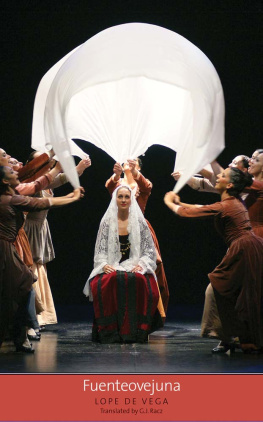
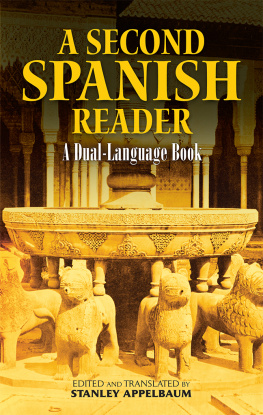
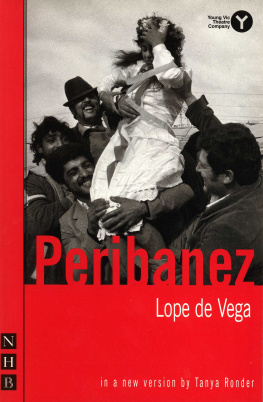



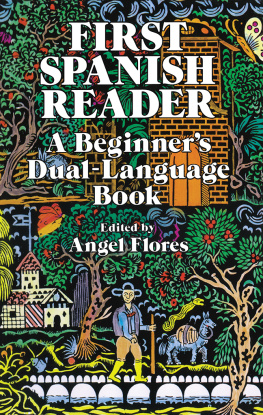

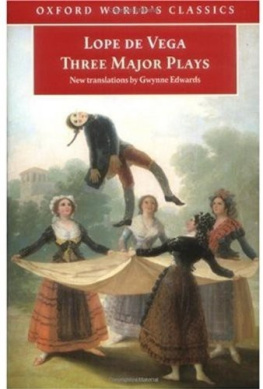
 NEW HAVEN & LONDON
NEW HAVEN & LONDON